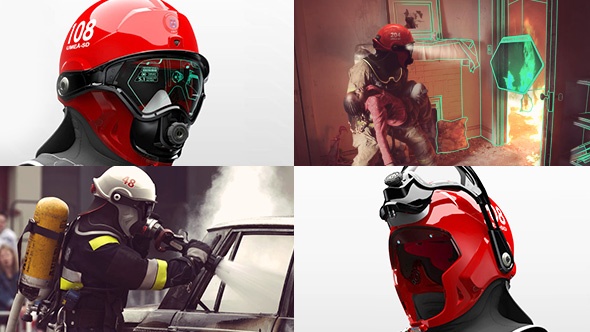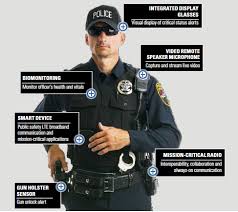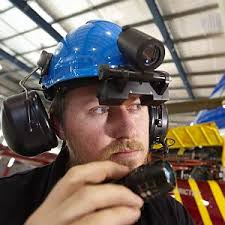
13 January 2016
Wearable technology such as Apple's iWatch, Samsung's Galaxy Gear smartwatch, Google Glass, and a plethora of fitness bands are starting to make inroads in the consumer market but how - if at all - could wearable devices be relevant in the workplace?

Wearable computing devices are tiny computers that users can wear on their bodies. Some devices clip to clothing, some users wear them as glasses and others are smartwatches.
Some wearable devices are like desktop computers that have been shrunken down for body wear, but most wearable devices that are getting attention now -- Fitbit Flex, Pebble smartwatch, Apple iWatch and Google Glass, to name a few -- link to the Web or to a mobile device via Bluetooth.
How could wearable devices benefit the workplace?
Any worker who needs instant access to important data while out of the office or while performing other tasks could be a target for wearable technology.
Because wearable computing devices allow workers to be hands-free, there many circumstances where they could be useful in the workplace.
Some examples could include:

What are the barriers to the adoption of wearable technology?
Several things need to fall into place before wearable technologies can really achieve their full potential.

One of the key issues challenging wearable device engagement is the inconvenience of constant charging.
According to Dr. Steven LeBoeuf, founder and president of Valencell, industry statistics show that as soon as someone takes off the device, the chances of that user not putting it back on there is a more than one third chance they won't put it back on. "When you have to take your device off to charge it, you immediately disengage the user and they begin to wonder how much value they are getting."
To overcome this barrier technology companies are working on utilizing nanotechnology to bring the energy requirement for sensors and wireless data transmission down to a level that your body can be utilized as a power supply. For example, a US company called ASSIST, are embedding materials in a textile that can harvest energy from the temperature difference between the skin and air, and then use that to power sensors. This not only has an impact on clothing but also on medical devices. They're currently working on a battery free pacemaker.

Getting a gadget out of the box and setting it up is a pain in the neck. Reports indicate that close to 10 percent of tech products are returned before they are even used.
Marrying a relevant user experience with the appropriate interface will be key. A good user experience will embed sensors in familiar devices we already use, like headphones and smartphones. An example of th
is is the Nike+ sensor built into the running shoe.
Fashion will be another important element in adoption. Software and hardware designers are not accustomed to the nuances of style, to blend both form and function. Smartphones rely less on fashion, since it is typically stuffed in our pockets. Wearables that are visible on our bodies are another story.
An example is bluetooth headsets. Consumer resistance to bluetooth headsets was largely centred on the perception that they didn't look "cool". Wearers of bluetooth headsets were perceived as being a "slave to their phone" or of "advertising their self-importance" because they were always needed to be available.
In contrast the headset company Beats by Doctor Dre were considered desirable and would even be worn around the neck by consumers who wanted to be associated with the product's social cache.
When will we see wearables in the workplace?
J.P. Gownder, an analyst at IT market research firm Forrester Research, predicts the market for company-provided wearables will be larger than the consumer market in the next five years.
The years between 2014 and 2016, he says, will be for piloting and early adoption. "With vendors still working to bring out offerings, we'll remain in the nascent stages for the next few years, he predicts.
Between 2017 and 2019, wearables will start to go mainstream, as developers launch the necessary apps, back-end software and services needed to support enterprise wearables on a broader scale.
But by 2020, wearables will be "commonplace" among employees at many enterprises. There will be devices tailored to particular industries, specific roles, even individual organisations. "For some businesses, wearable tools will become central to how their employees do their jobs, Gownder concludes.
Another believer is Duncan Stewart, a research director at management consultancy Deloitte. "The rationale for enterprise use of wearables makes a great deal of sense," he says. "There are a huge number of jobs where people need to be able to work hands-free, but receive information at the same time. These jobs provide pressing business-use cases for enterprise wearables, with tremendous return on investment potential."
3 Strategies to Reduce Telecom Cost